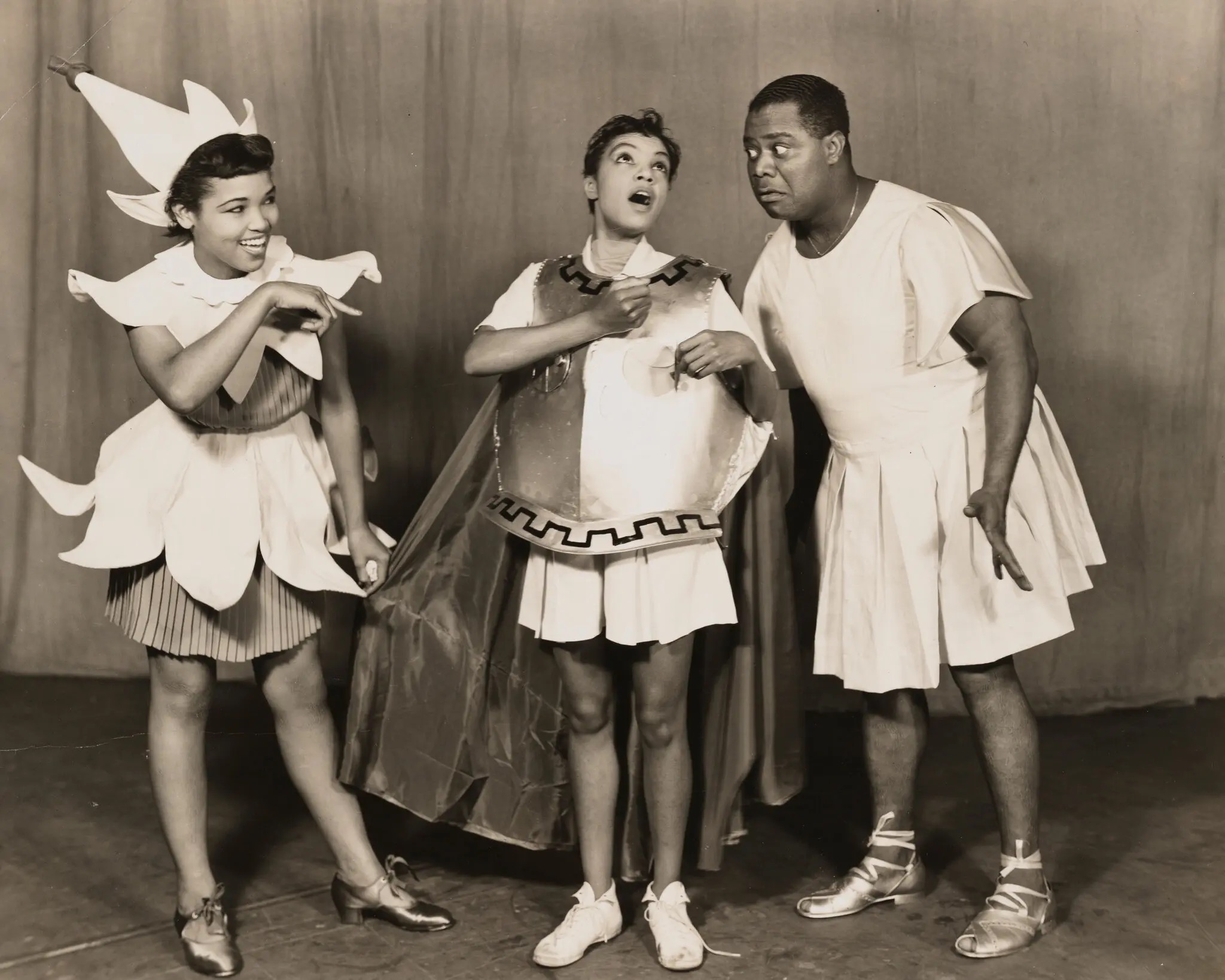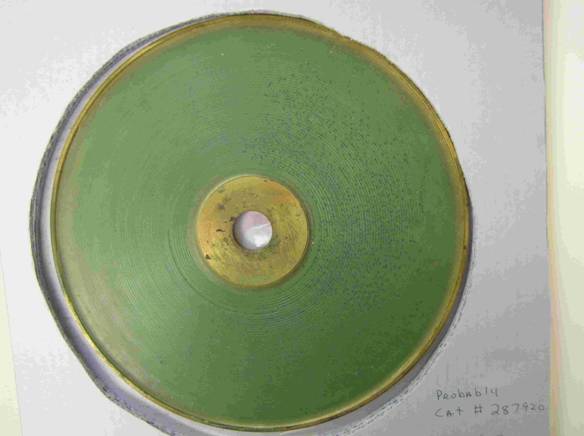In 1939 there was a Broadway production of a jazz-themed Midsummer Night’s Dream called Swinging the Dream, featuring Butterfly McQueen, Louis Armstrong, Moms Mabley, Dorothy Dandridge, and many others (a cast of 110!), with music performed by Benny Goodman’s sextet joining the pit orchestra. It ran for less than 2 weeks before collapsing as a failure.
From a NY Times writeup of an early 2021 effort to revisit Swinging the Dream:
“I just want to know what happened, why that lineup crashes, and then why the show seems so entirely to disappear,” said Gregory Doran, the artistic director of the Royal Shakespeare Company.
“The critics are telling us that it did not hang together, that the mash-up did not work,” Kwei-Armah [artistic director of the Young Vic] said. “I’m interested in why it didn’t work. Also, just because they said that it didn’t work doesn’t mean that it didn’t work!”
Even if it was a failed concept on Broadway, it’s definitely an interesting inflection point for American theater, music, and race (it’s telling that the famous and celebrated Black performers were still relegated to the “secondary” roles in the play, the fairies and mechanicals, rather than acting in the lead love interest roles…)



